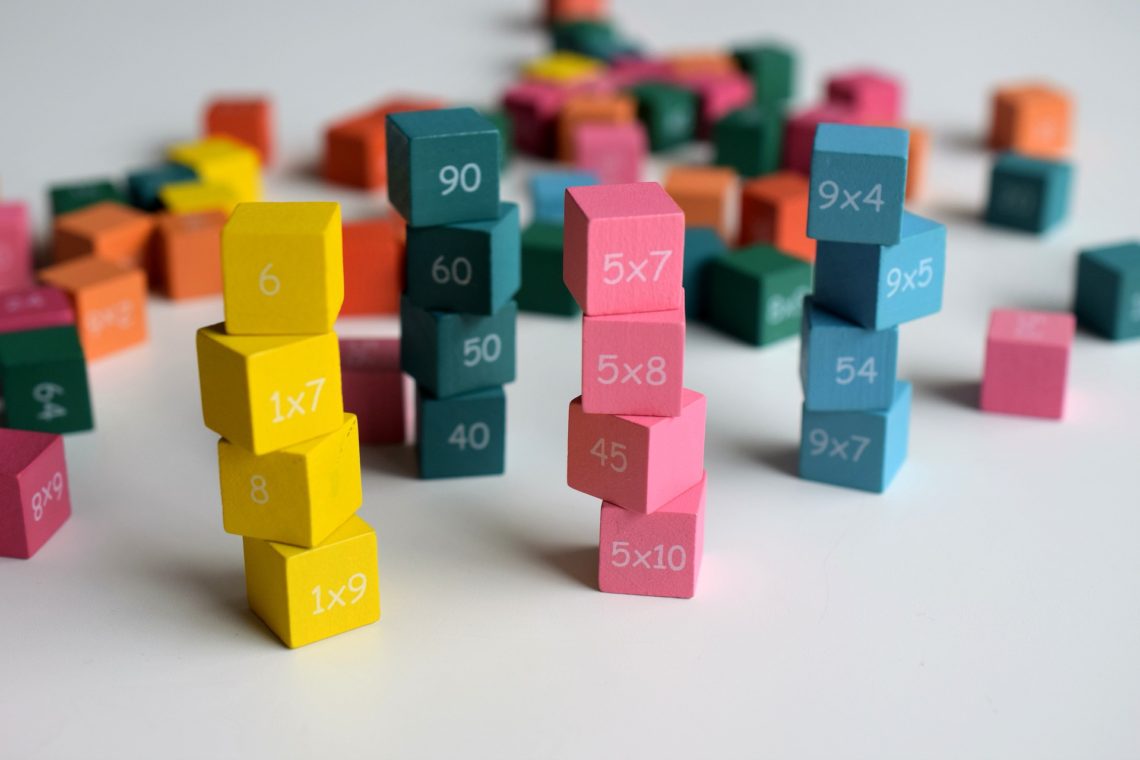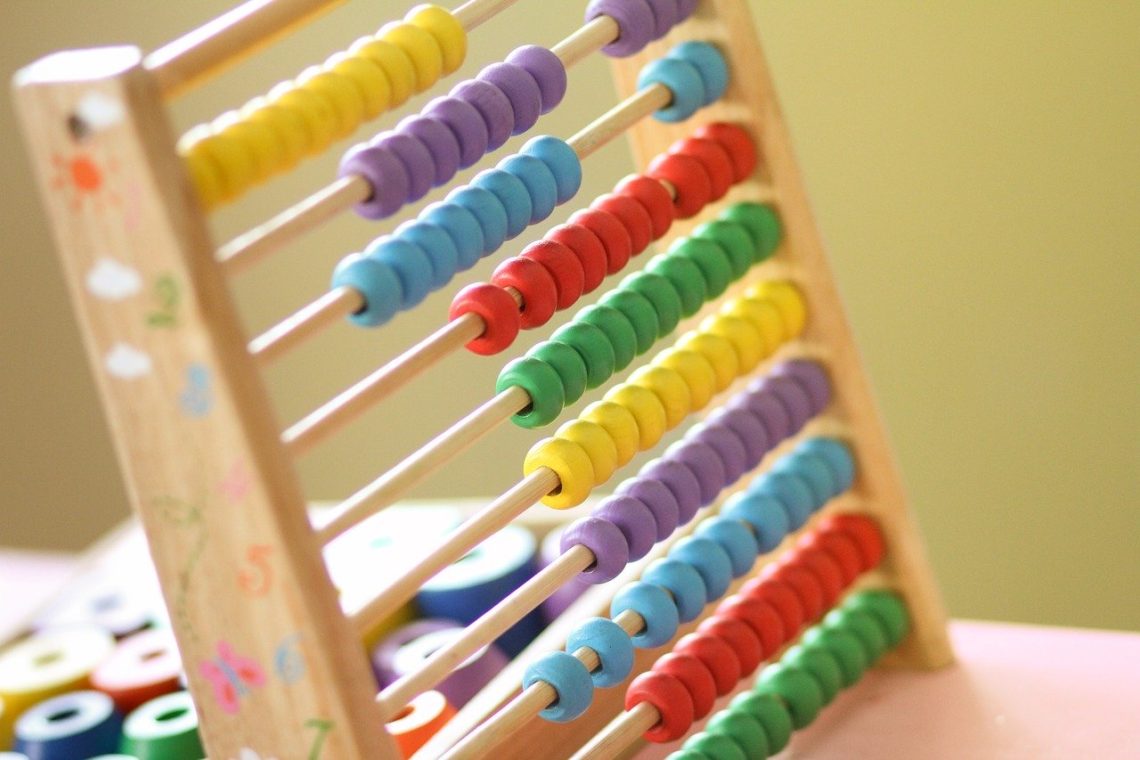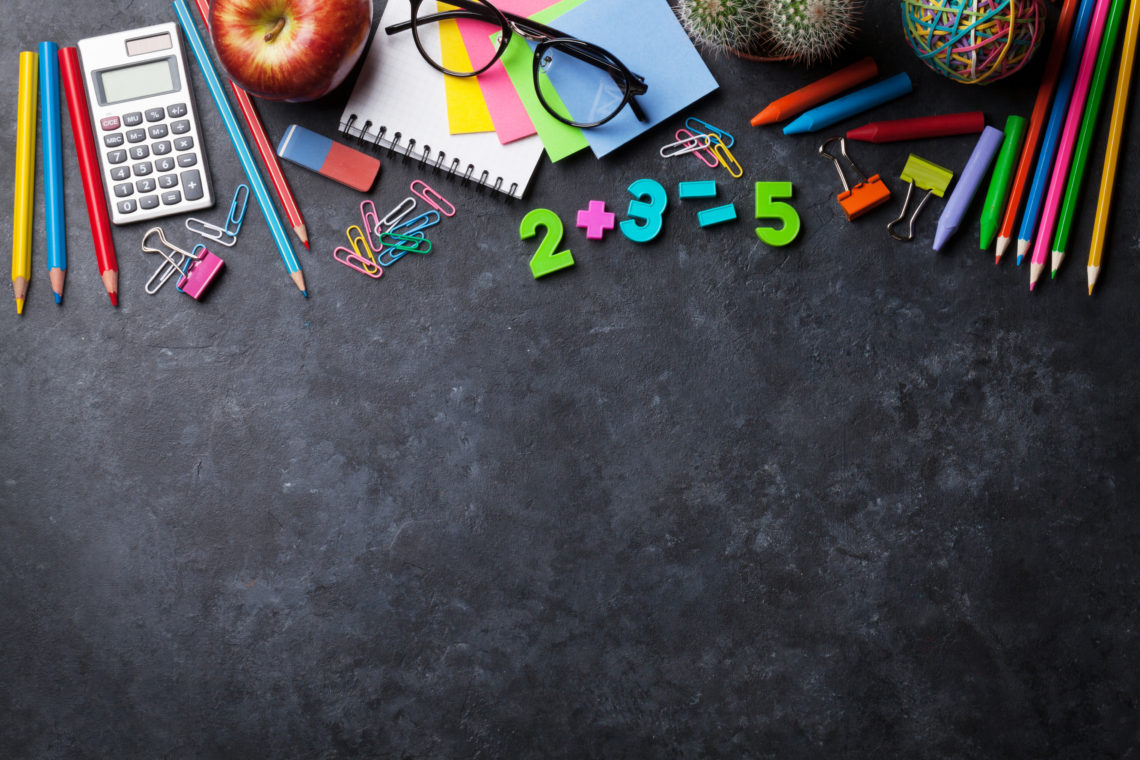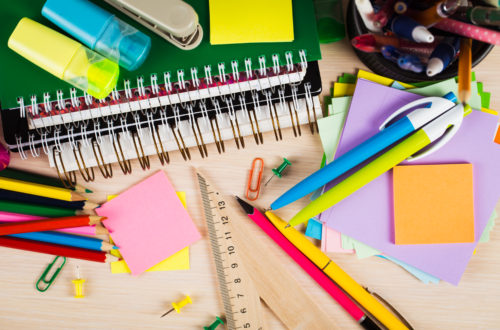-
Distance Learning: Supporting Math Students
Distance Learning has provided me with so many new challenges that I feel like everyday is a new adventure. I am in my seventh year of teaching, sixth year with the same co-teachers, and I really was beginning to feel like I knew what I was doing, and then BAM! Coronavirus… Here are some tips as to how I support my inclusion students in math during this period of hybrid learning. Reference Sheets I use reference sheets in math all the time. But I feel like they are a great tool to keep posted on Google Classroom, or other online platform for the students to keep referring to. Reference sheets…
-
Accommodations for Students with Dyscalculia
Working with students with Dyscalculia can be challenging. Students who have dyscalculia tend to have difficulty with number sense, manipulating numbers, and completing computation among other things. Supporting these students in your classroom can be challenging. Dyscalculia will mostly affect them in math, but I have had students who are affected by it in science class also because of the math necessary for topics like Chemistry. If you are concerned that your child is affected by Dyscalculia, it may be time for you to have a conversation with your child’s teachers. Often these students qualify for special education services due to having a Specific Learning Disability in the area of…
-
Using Stations in Middle School
As students get older, lesson plans tend to stray away from hands-on learning and group activities. They tend to lean towards more lecture-based lessons, sitting and doing paper and pencil work. But, are students really past the age where learning stations are beneficial? No! Movement When you teach with learning stations, students are given movement breaks during the lesson. Although middle school students can sit for longer periods of time; sitting for a whole class period is still difficult for most of them. Middle school students still are young enough that they benefit from the ability to get up and move during a lesson. Heck, I’m an adult, and I…
-
Reference Sheets for Your Inclusion Students
The Problem Currently, I teach eighth-grade inclusion. This means that I co-teach three math classes and two ELA classes. I have learned why the students benefit from reference sheets. Remembering the steps necessary to do a problem is a struggle for most of my students. Or when we are assessing more than one type of problem, it is tough for the students to keep the different steps straight. Another problem I see is that my students spend so much time trying to remember the steps to solve the problem that they make mistakes with their computation. Reference Sheets Giving students with disabilities a reference sheet to help them take some…
-
Using Stations to Teach Exponent Laws
Often, teaching inclusion math in middle school, it is difficult to keep all students moving at the same pace. We faced this challenge recently when teaching our unit on exponent laws. We begin teaching exponent laws by teaching the different laws, product of powers, quotient of powers, power of a power, negative exponent rules, and the power of zero. On the first day, I provide my students who struggle in math with these cheat sheets of the rules, Power of Exponents. Throughout the unit, if anyone else gets our attention, we’ll give them one also. We then spend a few days giving students plenty of practice and reviewing all of…



















